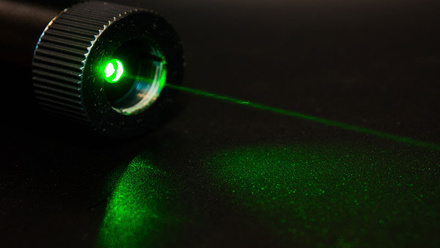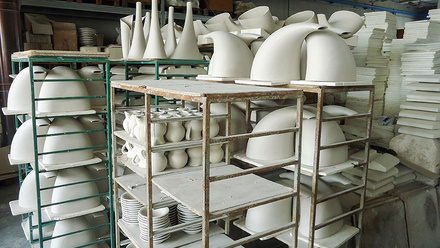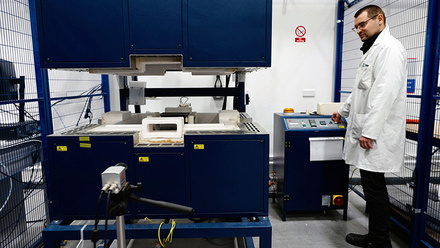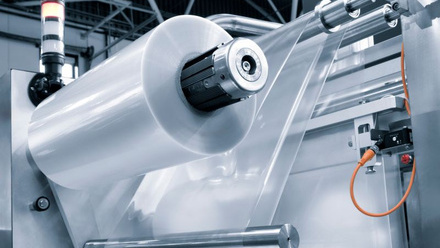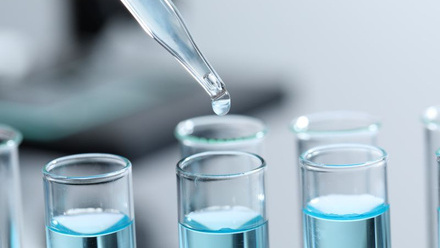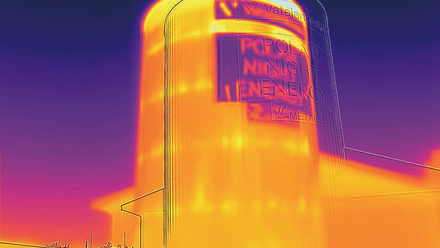Diamonds made in the lab
'Low-carbon diamonds' for jewellery and industry move a step closer.
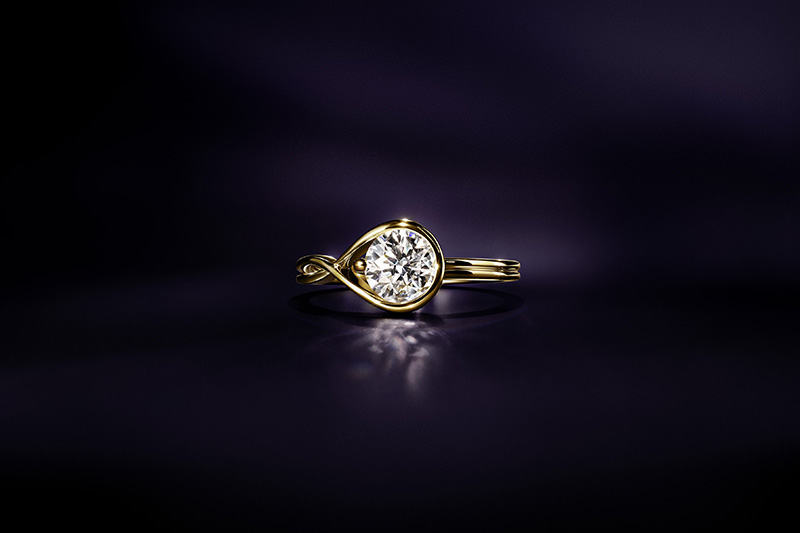
Global jewellery brand Pandora has launched a 33-piece collection of lab-created diamonds. The stones, which are set in jewellery crafted from recycled silver and gold, were piloted in the UK last year and have now been rolled out in over 250 stores in the US and Canada.
Grown, cut and polished under laboratory conditions, Pandora claims its diamonds are created entirely with renewable energy and the carbon footprint is roughly 8.17kg of carbon emissions per cut and polished carat, or 5% that of a diamond excavated from a mine.
In every other respect, the laboratory creations are reported to be identical to excavated diamonds. The company says the diamonds display the same optical, chemical, thermal and physical characteristics as their mined counterparts. In addition, they are graded using the same standards, of cut, colour, clarity and carat.
The finished crafted diamonds undergo an eight-stage process that starts with the creation of tiny seeds in the laboratory by an undisclosed supplier in the US, and involves using chemical vapour deposition technology to grow a rough diamond.
The seeds are first placed in a vacuum chamber in a plasma reactor and a combination of high heat temperature and low pressure is applied. Next, the chamber is filled with carbon-rich gas. According to Pandora, the supplier then uses 100% renewable energy to fire microwaves at the seeds and heat the carbon, which breaks the gas molecules apart.
This process results in carbon atoms bonding to the seeds and creating layers. Once the rough diamond is ready, it is cut and polished using only renewable energy, adds Pandora.
After choosing the best quality and graded diamonds from the laboratory, the company says it completes the finished product by setting the diamonds in jewellery using 100% recycled gold and silver.
'Lab-created diamonds have been around since the 1950s. However, it is only over the past decade that the innovation has improved and brought the quality of the diamonds up and the price down,' says Mads Twomey-Madsen, Vice President Global Communications & Sustainability at Pandora.
'When we launched in the UK last year, the diamonds were grown with 60% renewable energy and now they are grown with 100% and set in jewellery crafted from 100% recycled silver and gold.'
Twomey-Madsen adds, 'The good thing about precious metals like silver and gold is that they can be recycled without losing any quality. The other difference is that recycled silver and gold have a much lower carbon footprint than newly mined metals.'
Pandora explains that lab-created diamonds make up only a small part of the overall diamond jewellery market. Currently, they constitute a little under 10% of the estimated US$84bln global market, but the segment is growing much faster than the total market, notes Twomey-Madsen.
'Many jewellers are including lab-created stones in their assortment to offer more choices to customers,' he says.
Pandora suggests that if all diamonds are mined with the same carbon footprint as its lab-created diamonds, it would save more than 6Mt of CO2e every year. This, it claims, is equivalent to replacing all the cars in New York City with electric vehicles.
The collection’s flagship product – a 1ct lab-created diamond set in a 14K solid gold ring – has a footprint of 10.4kg CO2e, which is reported to be less than the average emissions of a pair of jeans, claims Pandora.
The firm says it is committed to crafting all of its jewellery from recycled silver and gold by 2025 and will stop using mined diamonds in its product range.


